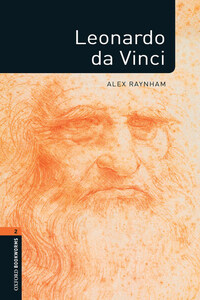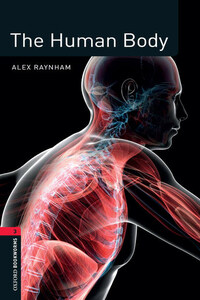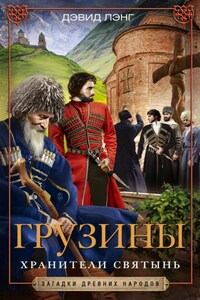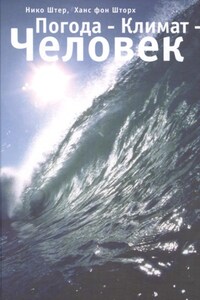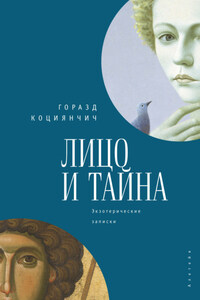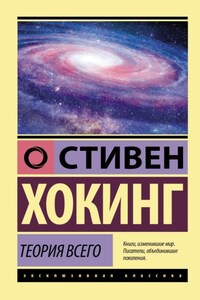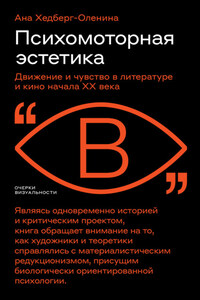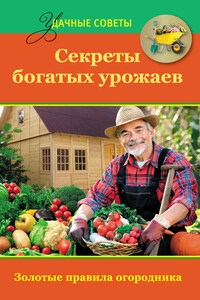Great Clarendon Street, Oxford, OX2 6DP, United Kingdom
Oxford University Press is a department of the University of Oxford. It furthers the University’s objective of excellence in research, scholarship, and education by publishing worldwide. Oxford is a registered trade mark of Oxford University Press in the UK and in certain other countries
This simplified edition © Oxford University Press 2013
The moral rights of the author have been asserted
First published 2013
10 9 8 7 6 5 4 3 2 1
No unauthorized photocopying
All rights reserved. No part of this publication may be reproduced, stored in a retrieval system, or transmitted, in any form or by any means, without the prior permission in writing of Oxford University Press, or as expressly permitted by law, by licence or under terms agreed with the appropriate reprographics rights organization. Enquiries concerning reproduction outside the scope of the above should be sent to the ELT Rights Department, Oxford University Press, at the address above
You must not circulate this work in any other form and you must impose this same condition on any acquirer
Links to third party websites are provided by Oxford in good faith and for information only. Oxford disclaims any responsibility for the materials contained in any third party website referenced in this work
ISBN: 978 0 19 423670 6
A complete recording of Leonardo da Vinci is available on CD. Pack ISBN: 978 0 19 423662 1
Printed in China
Word count (main text): 7,033
ACKNOWLEDGEMENTS
Cover image: Alamy Images (Self portrait of Leonardo da Vinci/Leo Macario)
The publishers would like to thanks the following for permission to reproduce images: Alamy Images cover (Self portrait of Leonardo da Vinci/Leo Macario); Bridgeman Art Library Ltd pp.5 (Woman looking down/British Museum, London, UK), 007a (The Lady with the Ermine/Czartoryski Museum, Cracow, Poland), 17 (Studies of the coronary vessels/The Royal Collection 2011 Her Majesty Queen Elizabeth II), 29 (An Acrobat and Wrestlers Performing, 15th century/Ashmolean Museum, University of Oxford, UK), 41 (A study of a woman’s hands/The Royal Collection © 2011 Her Majesty Queen Elizabeth II); Corbis pp.008a (The Last supper by Leonardo da Vinci/The Gallery Collection/Corbis), 10 (Horse in profile/Derek Bayes – Art/Lebrecht Music & Arts), 13 (Mona Lisa by Leonardo da Vinci/The Gallery Collection), 16 (Vitruvian Man by Leonardo da Vinci/Bettmann), 18 (Armoured Tank designed by Leonardo Da Vinci on display in Hangzhou/WU HONG/epa), 26 (Diving suit/ James L. Amos), 31 (The Madonna and Child with Saint Anne by Francesco Melzi/Christie’s Images), 37 (Clos Luce Mansion/David Brabyn), 38 (Leonardo Da Vinci statue/Tetra Images), 39 (Statue of a horse/Ocean), 44 (Medieval battle re-enactment/Jim Richardson/National Geographic Society), 44 (ASIMO robot/Splash News), 44 (Statue of a horse/Ocean); Getty Images pp.32 (Anatomical studies/Hulton Archive), 34 (Santa Maria della Grazie/Leonardo da Vinci), 44 (Castle/Buena Vista Images); Kobal Collection p.33 (The Da Vinci Code/Columbia); Oxford University Press pp.44 (Painting/Corbis), 44 (Workshop/James Hardy); Press Association Images p.20 (Parachute/ Laurent Gillieron/AP); Rex Features pp.28 (The Musician by Leonardo da Vinci/KeystoneUSA-ZUMA), 35 (Da Vinci’s Workshop/Sipa Press); Robert Harding World Imagery pp.0 (Cathedral of Santa Maria, Florence/Roy Rainford), 2 (Vinci, city of Leonardo/age fotostock), 14 (Fossil/ CuboImages), 50 (Florence, Tuscany, Italy/Stefano Cellai); Science Photo Library p.23 (Leonardo’s plan for canals in a town/Sheila Terry); The Art Archive pp.24 (Atlantic Codex/Leonardo da Vinci/DeA Picture Library/Metis E Mida Informatica/Veneranda Biblioteca Ambrosiana), 27 (Cesare BORGIA, 1475–1507/Accademia Carrara Bergamo Italy/Collection Dagli Orti)
e-Book ISBN 978 0 19 463078 8
e-Book first published 2014
Конец ознакомительного фрагмента. Полный текст доступен на www.litres.ru
